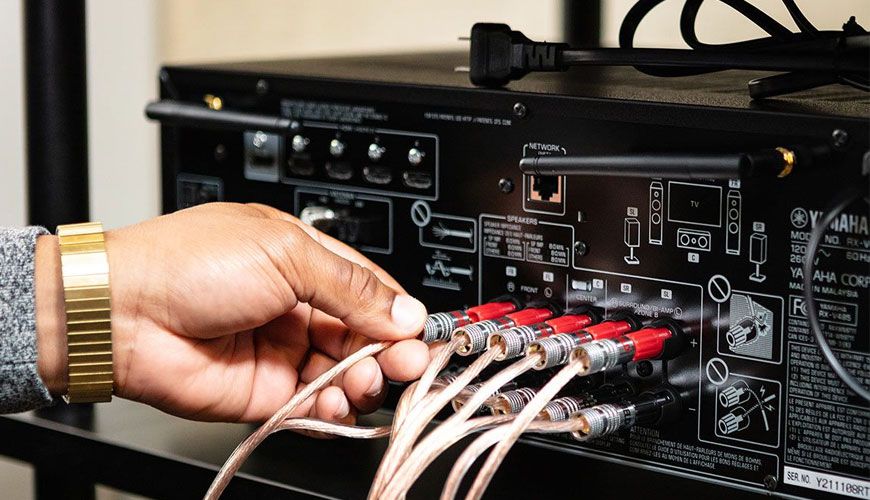

EUROLAB laboratory provides testing and compliance services within the scope of EN 55020 standard. EN 55020 standard, this standard on immunity requirements, applies to television broadcast receivers, audio broadcast receivers and related equipment intended for use in the residential, commercial and light industrial environment.

This standard defines measurement methods and established limits applicable to audio and television receivers and related equipment in terms of immunity to interference signals. This standard is also applicable to the immunity of outdoor units of direct-to-home (DTH) satellite receiver systems for individual reception. Receiver systems for mass reception, particularly cable distribution head ends (Community Antenna Television, CATV) and community reception systems (Main Antenna Television, MATV) are covered by IEC 60728-2.
Immunity requirements are given in the frequency range 0 Hz to 400 GHz. Radio frequency tests for events outside the specified frequency bands or other than those given in this standard are not required.
The purpose of this standard is to define immunity testing requirements for scope-defined equipment regarding permanent and transient, conducted and radiated disturbances, including electrostatic discharges. These test requirements represent basic electromagnetic immunity requirements. Test requirements are determined for each considered port (enclosure or connector).
This standard does not specify electrical safety requirements for equipment such as protection against electric shock, unsafe operation, coordination of insulation and related dielectric tests.
In special cases, situations will arise where the level of disturbance may exceed the levels specified in this standard, for example when a hand-held transmitter is used near an equipment. In these cases, special mitigation measures may be required.
The environments covered by this standard are residential, commercial and light industrial locations, both indoors and outdoors. The following list, while not exhaustive, is an indication of the locations included:
Locations characterized by the low voltage supply of utility power directly from the public grid are considered residential, commercial or light industrial.
EUROLAB, with its more than 25 years of experience, state-of-the-art accredited laboratories and expert team, helps you get precise and fast results. Do not hesitate to contact our laboratory for your testing and certification requests.
To get an appointment, to get more detailed information or to request an evaluation, you can ask us to fill in our form and reach you.